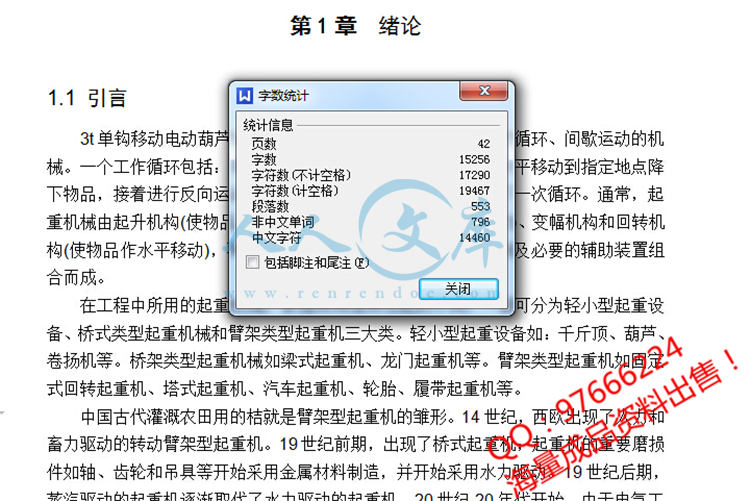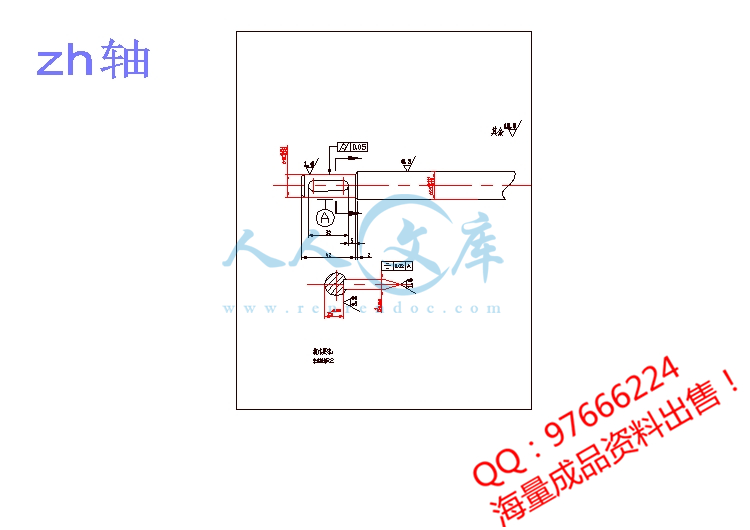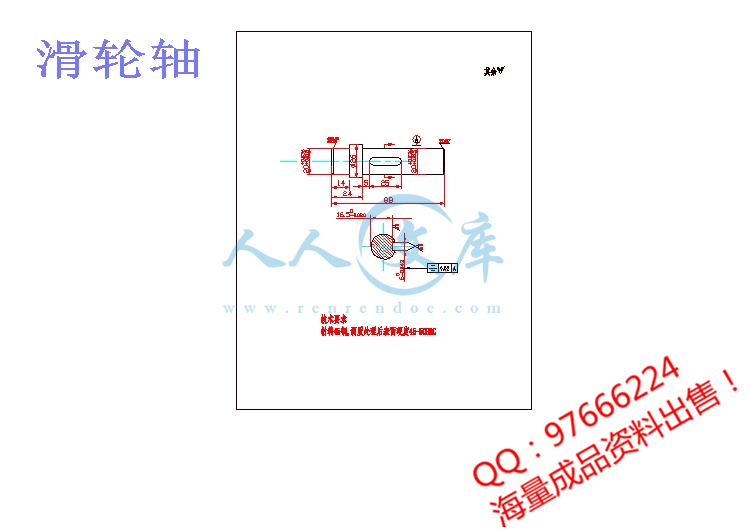摘 要
电动葫芦是起重设备的主要型号之一。它主要由减速器,运行机构,卷筒装置,吊钩装置,联轴器,限位器,锥形转子电动机等部分组成。本文根据设计任务书要求,主要对3t单钩移动电动葫芦的总体方案选择和确定,然后对传动系统进行设计。根据设计要求和目的,参考CD型电动葫芦对首先对3t单钩移动电动葫芦进行工艺分析,选择合理机构及装配方案,然后对减速器和电动机进行外形设计,钢丝绳的选用及强度验算,卷筒的参数计算及验算,再计算齿轮的传动比,确定各个齿轮的参数,进行强度计算,选择合理的轴承、键、轴套等各种零部件,画出总体装配图。最后对轮胎式弹性联轴器作了一些简明的阐述。
关键词:电动葫芦,卷筒装置,吊钩
ABSTRACT
Electric hoist lifting equipment is one of the main models. It is mainly made up of reducer, running-device, roll device, hook device, coupling limit, cone-shaped rotor motors, and other components. This paper mainly studies hook 3 t-mobile electric hoist, It is widely used by machinery equipment company and terminals or other places. Based on the design requirements of the task, carry out a single hook 3 t mobile electric hoist the options and determine the overall plan, then the transmission system design. According to the first design requirements and objectives, reference CD-based electric hoist to 3 t-mobile electric hoist hook for process analysis, rational choice and the assembly program, and then the appearance reducer and motor design, the choice of wire rope and intensity of checking, the reel Parameters and checking, and then calculated the gear transmission ratio to determine the parameters of the various gear, strength calculation ,select a reasonable bearing, bond, bushings and other parts, then draw general assembly. Finally, the tire-flexible coupling made some simple exposition.
Keywords: electric hoist , roll device, hook
目 录
第1章 绪论1
1.1 引言1
1.2 本次设计研究的内容3
第2章 总体方案设计5
2.1 设计任务书5
2.2 设计方案的选定5
2.3 电动机的选用6
2.4 减速器的参数设计6
第3章 卷筒设计及钢丝绳的选用7
3.1 卷筒的设计7
3.1.1 卷筒的设计计算7
卷筒的直径7
卷筒的长度7
卷筒的臂厚8
3.1.2 钢丝绳在卷筒上的固定方法和绕入角度9
钢丝绳在卷筒上的固定方法9
钢丝绳进出绳槽的偏斜角度9
3.2 钢丝绳的结构、分类、选用及验算11
3.2.1 钢丝绳的结构11
3.2.2 钢丝绳的分类12
3.2.3 钢丝绳的选用和验算12
第4章 其它零部件设计14
4.1 电动小车的设计计算14
4.1.1 行走阻力的计算14
摩擦阻力14
风阻力15
惯性阻力16
4.1.2 电动机功率的计算17
4.1.3 起动时间的计算18
4.2 吊钩的设计19
4.2.1 吊钩的种类选择和计算19
4.2.2 钩身螺纹的强度验算22
4.2.3 吊钩夹套23
4.3 齿轮设计23
4.3.1 选用齿轮类型精度等级材料及齿数23
4.3.2 按齿面接触强度计算23
4.3.3 按齿根弯曲强度计算25
4.3.4 几何尺寸计算26
4.3.5 验算26
4.4 传动轴的设计27
4.4.1 传动轴上的功率P,转速n和转矩T27
4.4.2 初步确定轴的最小直径27
4.4.3 轴的结构设计27
轴的参数设计27
按弯扭合成应力校核轴的强度27
精确校核轴的疲劳强度28
4.5 支撑板的强度计算29
4.6 弹性联轴器31
结论32
参考文献33
致谢34
附录35













 川公网安备: 51019002004831号
川公网安备: 51019002004831号